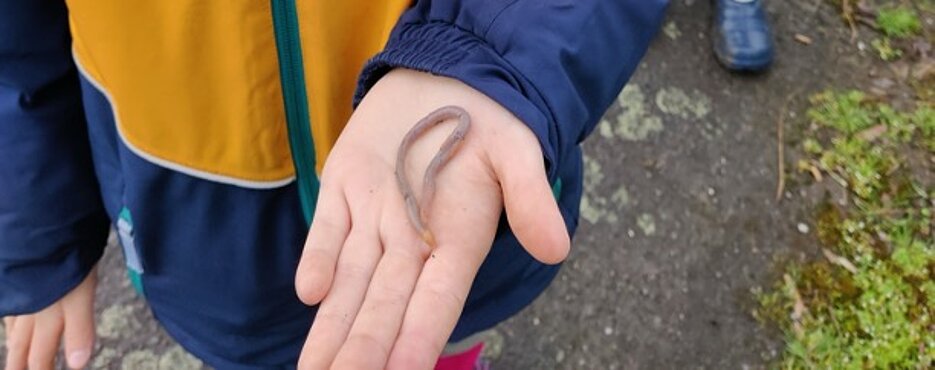Making science accessible to kids
Making science accessible to everyone is worth it! Communicating to kids forced us to look at our research from a much broader perspective - thereby helping us to improve our own writing skills.
Moreover, we vastly expanded our network of research and non-research contacts globally. In an article just out in Soil Organisms, we summarized the various benefits for people involved in our science communication project “Translating Soil Biodiversity”. Our article highlights one way of making science available and accessible, especially to kids around the world, while at the same time benefiting also the communicators and everyone involved.
We all know full work schedules. And science communication is often one of many extra tasks on the researcher’s agenda that doesn’t make it in the end. But it’s worth it! We, Rémy Beugnon, Helen Phillips, Malte Jochum, Romy Zeiss and Elisabeth Bönisch, are the core team coordinating the project “Translating Soil Biodiversity”. But there are far more people involved, among them > 100 volunteers that helped writing and translating 33 articles for kids into already more than 20 languages.
How are we benefiting?
- By communicating our research to the public in plain language, we all enhanced both our writing skills and our ability to frame the context and relevance of our work.
- Collaborating globally also increased our social networks within and across disciplines, for example to responsibles for media and communication, teachers, or subject-specific didactics and pedagogy.
- As the main output, our project creates a resource that can be used for teaching in schools, at universities and in adult education.
"We aim to inspire curiosity, foster understanding, and cultivate a sense of stewardship towards the environment from an early age.” (from the article)
Our article illustrates both our journey with this science-communication project and the many ways everyone involved has profited from this work. With our article, we hope to motivate fellow scientists to think of creative ways of how to reach broader and particularly non-scientific audiences. Our experience shows that the time and resources put into this line of work pay back in multiple ways and that science communication has the potential to give an additional kind of value and reward to our careers that we do not want to miss.
About the project Translating Soil Biodiversity:
In 2019, our team started editing a series of scientific articles covering various aspects of soil biodiversity tailored towards kids aged 8–15. These articles were written by scientists, reviewed by kids, and finally published in English in the journal Frontiers for Young Minds. To bridge the language barrier and make scientific knowledge accessible and engaging for kids around the world, beyond the English-speaking community, our project Translating Soil Biodiversity aims to provide translations of the articles into as many languages as possible.
Check out the article and visit our project website to find out about the dedicated volunteers whose efforts have made this project possible.
Original publication
(Researchers with iDiv affiliation and alumni are bolded)
Beugnon, R. & Zeiss, R., Bönisch, E., Phillips, H. R. P. & Jochum, M. (2024). Communicating soil biodiversity research to kids around the world. Soil Organisms 96(2), 61–68. https://doi.org/10.25674/413








